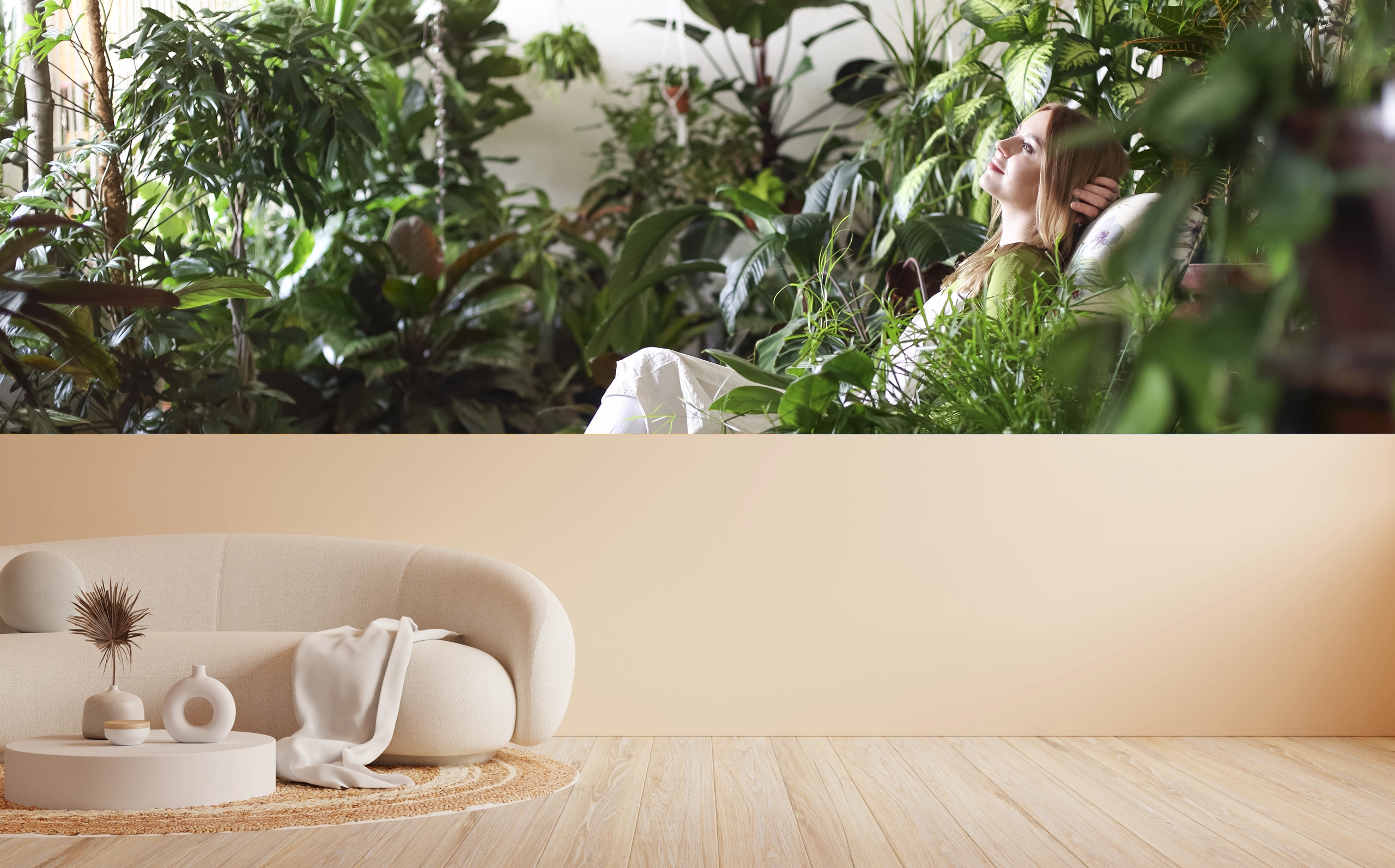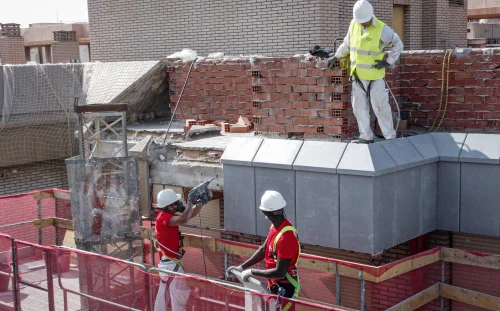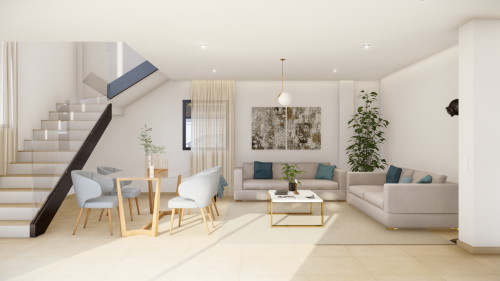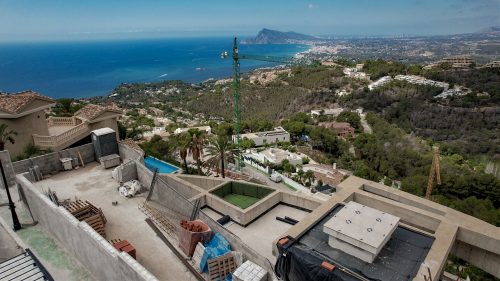In recent years, architecture and interior design have undergone a signal evolution, driven by changes in our lifestyles, environmental awareness and technological advances. By 2025, here are some of the most prominent trends that will shape the direction of architectural spaces and interior design.
Sustainable Architecture, Bioclimatic and Eco-Friendly Materials.
The use of recycled, renewable and low environmental impact materials is a priority. Energy efficiency is sought in the designs, with solar energy collection systems and use of natural light. Certified wood, bamboo, recycled materials and VOC-free paints dominate the market.
Bioclimatic architecture, which takes advantage of the environment’s natural conditions to maximize energy efficiency, has established itself as an essential practice. Passivhauses, which require minimal energy to maintain comfortable indoor conditions, are becoming increasingly common.
Biophilic Design and Connection With Nature
Biophilic design, which seeks to connect inhabitants with nature, continues to gain popularity.
This translates into a greater presence of indoor plants and vertical gardens. In addition to prioritizing natural light over artificial light, this trend incorporates natural materials such as stone, wood and fibers.
Homes that opt for this style create a design open to outdoor green spaces and with patterns and shapes that emulate natural elements.
Multifunctional and Flexible Spaces
The pandemic forever changed the way we inhabit spaces. Homes must now accommodate multiple functions: work, exercise, education and rest.
This aspect has designs that adapt to the changing needs of users, with open and modular spaces. Space optimization is sought, with furniture and elements that serve multiple functions.
Integrated and Intelligent Technology
Technology has been in the home for some time now and continues to be in demand by customers.
While the client demands intelligent homes with automation systems for lighting, air conditioning and security control, the construction company is committed to the use of augmented and virtual reality in the design and visualization of projects.
Warm and Conscious Minimalism
Minimalism is evolving towards a warmer and more human version. It is no longer just about reducing, but about carefully selecting meaningful, durable and functional pieces. Uncluttered spaces are valued, but with personality, avoiding the coldness of extreme minimalism.
A balance between simplicity and comfort is sought. We use a neutral color palette, natural materials such as wood and linen, and lighting that generates comfortable environments.
Craftsmanship and authenticity
As a counterpoint to the digital age, there is a growing appreciation for craftsmanship and authenticity. Handmade pieces, with history and character, are gaining prominence.
The controlled imperfection of natural materials and craftsmanship is valued, creating spaces with soul and narrative. In short, architecture and interior design today seek a balance between functionality, wellbeing, sustainability and aesthetics. Spaces are conceived as environments that promote physical and mental health, respecting the planet and adapting to our changing needs. Trends point to a future where technology and nature coexist harmoniously, creating environments that improve our quality of life while minimizing environmental impact.























